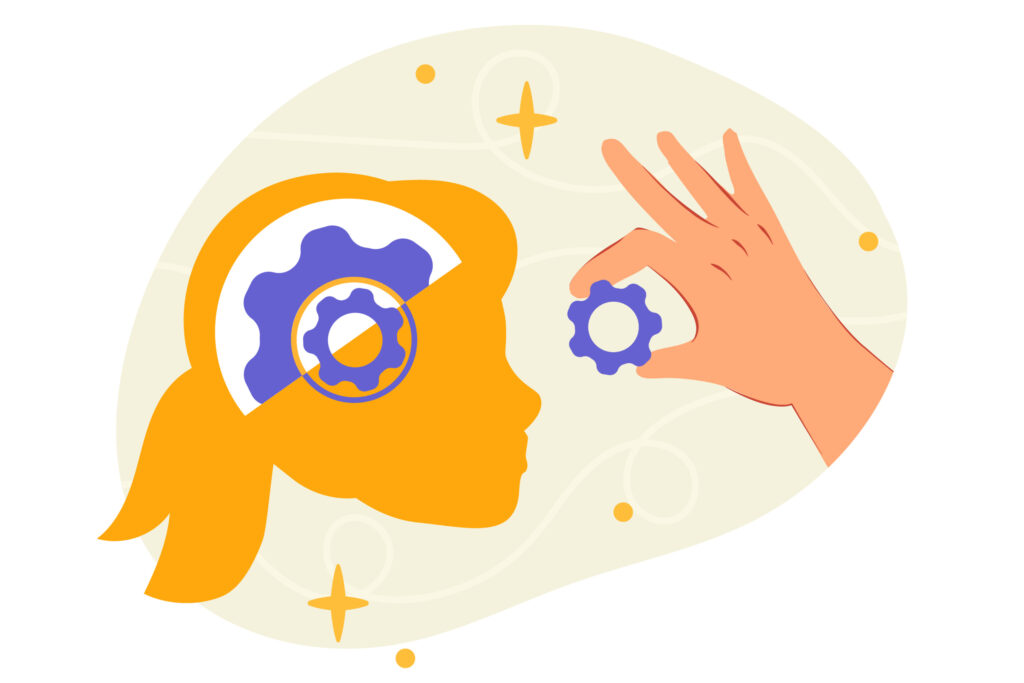Gestalt Language Processing: How Does it Work?

Navigating the complexities of language development in your child can be both rewarding and challenging. There are two ways in which children develop language, not just the familiar milestone charts seen online or at well child visits. When charts describe language acquisition and processing as a progression from cooing to babbling to first words building to sentences, this describes Analytic Language Processing (ALP). ALPs are often thought of as, “word babies”. Gestalt Language Processing (GLP) is another approach to language acquisition where children learn language in chunks or “gestalts.”
Rather than breaking down language into individual words and constructing sentences from scratch (as in ALP), gestalt processors typically learn phrases or sentences as whole units. These can be scripts or memorized phrases from movies, songs, or conversations, which they use in appropriate contexts. The intonation or inflection of the script is copied by the child, even when the script is long and they do not pronounce all the words. Therefore, parents and caregivers will often know the script by the sound, dubbing GLPs as, “intonation babies”. GLP is less discussed or known about, despite being just as natural and typical as ALP. Processing language as a GLP is not a disorder nor does it mean a child is autistic. However, however many people with autism are GLPs.
Supporting Communication Skills
Understanding GLP can be crucial for effectively supporting your child’s communication skills. Developing language as a GLP has distinct milestones through a process known as Natural Language Acquisition (NLA). Many children will go undetected as GLPs as they move through these distinct stages of NLA. Others will require speech therapy. Identifying the characteristics of gestalt language processing can help you determine whether your child may process language this way.
Characteristics of Gestalt Language Processing
- Echolalia: This is the repetition of phrases or scripts from others, often verbatim. Children may repeat lines from a favorite movie or recite phrases they’ve heard without immediate modification.
- Delayed Echolalia: In some cases, children may use previously heard phrases in future conversations, applying them contextually.
- Chunked Speech: Instead of constructing original sentences, a gestalt processor may use learned phrases that are contextually relevant.
- Difficulty with novel sentences: These children might struggle to create new sentences or phrases on their own but can communicate effectively using learned chunks.
Recognizing whether your child is a gestalt language processor can significantly influence how you approach their language development. While children who are analytic processors may learn language in a more conventional manner, gestalt processors often display different strengths and challenges. Understanding this distinction can help parents tailor their support, ensuring that their child’s communication needs are met effectively. Remember, every child’s language development is different. Seeking guidance from speech-language pathologists can provide additional support tailored to your child’s needs. Together, we can foster an environment where our children thrive in their communication skills.
